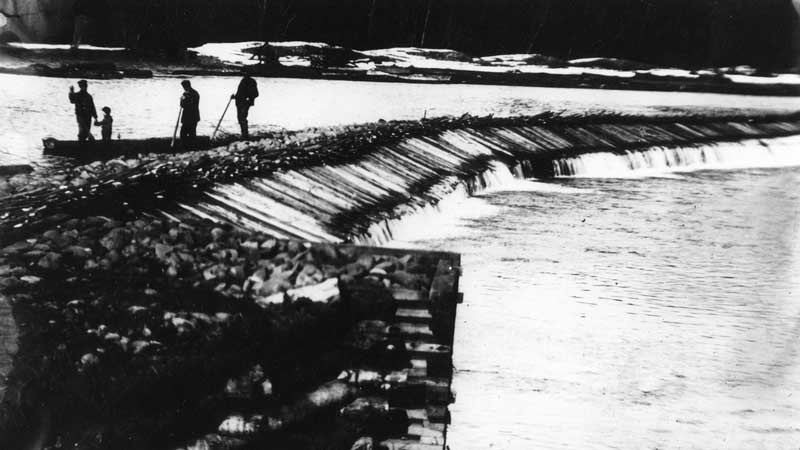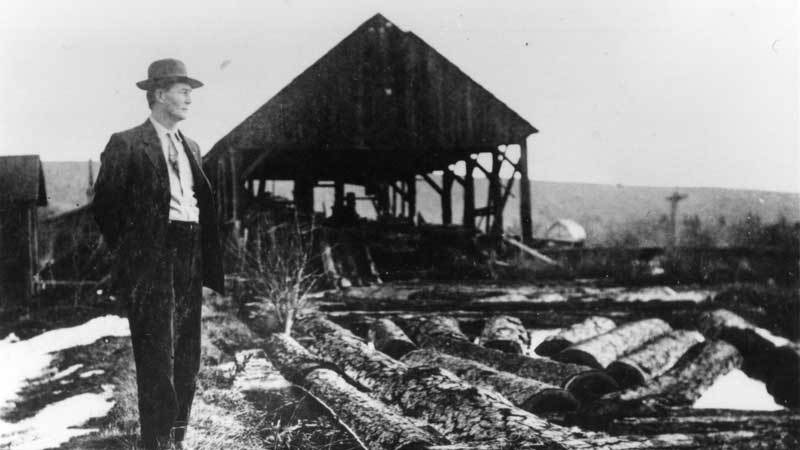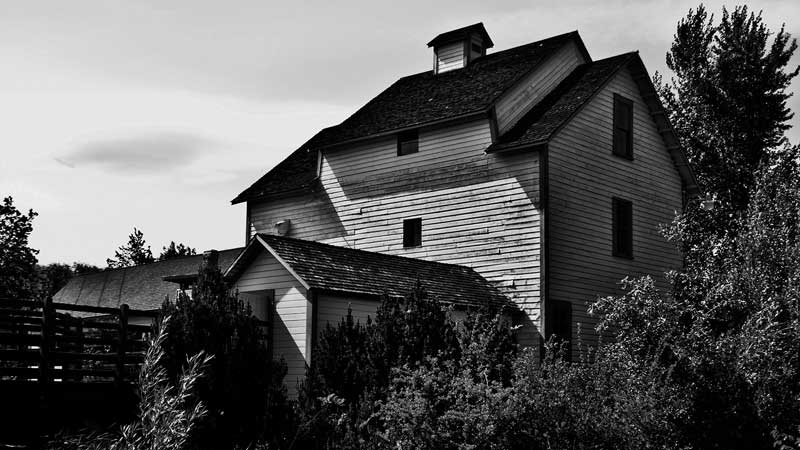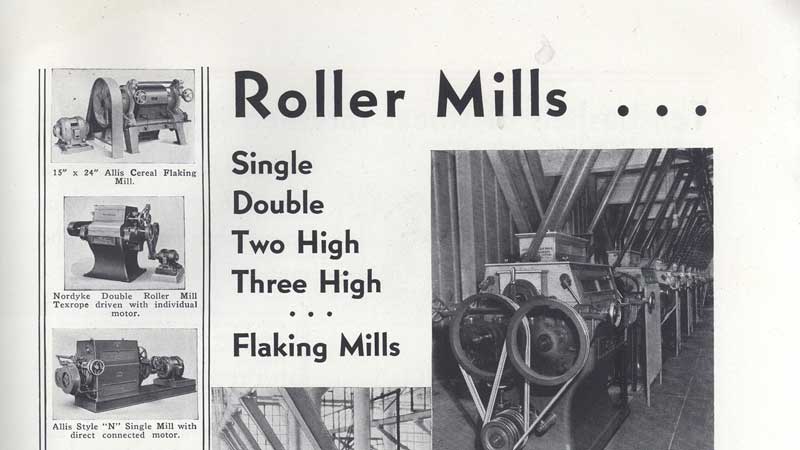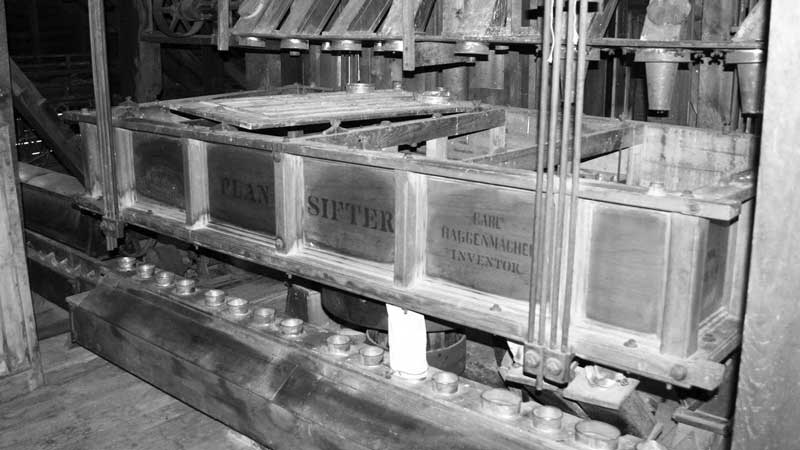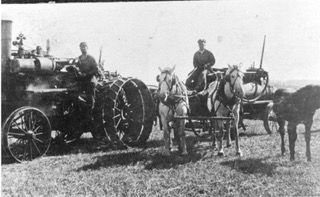Welcome to the historic Thorp Mill
Thank you for visiting the mill over the summer 2025 season. We will be reopening for the summer season the first weekend in June, 2026. You can still visit the mill and enjoy our outdoor interpretive tour year-round during daylight hours. Indoor tours may still be requested by appointment, and inquiries about availability can be sent by emailing info@thorp.org. You can also find a full, 3D virtual tour hosted here on our website.
We are a non-profit organization committed to the preservation of the mill, its collections and associated landscape, outbuildings, and natural resources. This well-preserved grist mill has been a part of Kittitas County’s history since 1883, and we’re committed to providing visitors an enjoyable interpretive experience. You can catch up on all the latest happenings at the mill by reading our latest newsletter.
Land Acknowledgement
The Thorp Mill Town Historical Society recognizes the people who have been on this land since time immemorial. The land the Thorp Mill has stood upon since its construction in 1883 is within lands ceded by the Pshwanapum and other Bands and Tribes of the Yakama Nation in the Treaty of 1855.
The Yakama people remain committed stewards of this land, protecting and nurturing it, as instructed by elders through generations. We honor their ongoing connection to these lands and waters and give thanks to the legacy of the original people, their lives, and their descendants.
This is a living land acknowledgment, and we will continue to re-examine and strengthen it as we continue to learn as an institution. We also reflect on and recognize our responsibility as occupants of these lands to support Indigenous peoples in their ongoing fight for the protection of land resources, sovereignty, equity, and justice.
A historic landmark capturing the essence of daily life for Washington’s early pioneers.
The Thorp Grist Mill is the only remaining mill in Washington state that made the transition from stone buhr to modern rollers. Built between 1880 and 1883, the mill has been lovingly restored and maintained so visitors can catch a glimpse of history back to the early days of settlement in Washington state.
Since 1883 until 1946, the mill stood to serve the people of Kittitas county. It was an essential place for milling, social interaction, and a window to the future.
The four-story building had a 75-barrel daily capacity and produced flour and livestock feed. Originally a stone buhr mill, the facility was later converted to a roller mill at the end of the 19th Century. The Thorp Mill still retains its original rollers, and plans are underway to restore many of these machines back to working order. An interpretive center provides information about the mill, pioneering families, local history, and photographs.
The mill was powered by water from a diversion dam on the Yakima River that was used to move a lateral turbine system. A second turbine on the site, used to power the adjacent lumber mill, was later employed to provide the first electrical power to the area. In 1989, the Thorp Mill Town Historical Preservation Society restored the mill’s turbine, making it once again operational.
Restoration of the mill site continues to this day, with volunteers working on the nationally designated historic landmark throughout the year.
